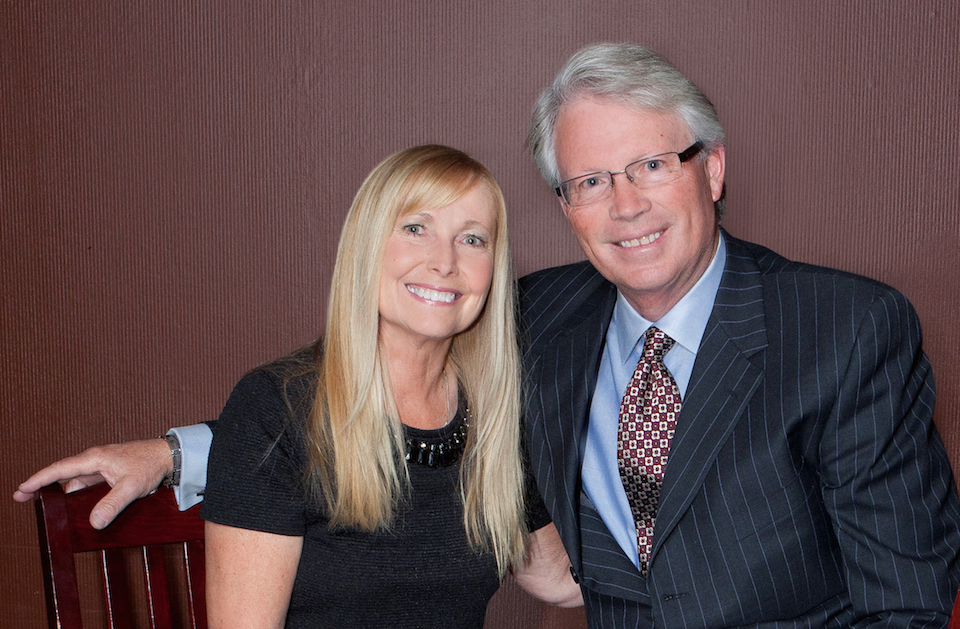Creativity—We're Not Just Playing

The Secret to Engagement
Some of the best lessons in life come from the youngest among us. As adults, all we need to do is watch and learn. In fact, we'd do well to copy some of the attitudes and behaviours of children. Recently, we were in Newfoundland visiting family and we took our three-year-old granddaughter out for pizza at a popular restaurant. Waiting for food to arrive can be difficult for children. In most restaurants, there are a few children getting antsy and starting to fuss. That's human nature when a person is bored. Children feel boredom sooner than most.
But this pizza joint was different. Although the place was filled with children, none of them were fussing. Every child in the place was busy and happy. Here's the reason why--they were being creative. A waitress came to our table and took our order. Then she asked our granddaughter if she'd like to make a pizza of her own. Wow, you should have seen our granddaughter's face. She said yes with enthusiasm and they brought her a tin plate with a small ball of dough. Soon her hands were coated in flour. Her nose got a dusting too. She had so much fun working the dough, imagining a wide array of treats from cookies to pizza.
Adults Need Creativity Too
Creativity is good for adults too. It keeps people engaged, fosters teamwork, improves productivity and increases job satisfaction. John C. Maxwell includes creative capacity in his book entitled "No Limits". He points out that being creative helps us see more options and find answers. According to an IBM survey of more than 1,500 CEOs from 60 different countries, the best way for leaders to manage the increasing complexity of our world is to instill creativity throughout their organization. We're not just playing. Creativity is important and it's a skill that can be learned.

Seven Tips for Increasing Creative Capacity
Use these seven tips to increase creative capacity in your organization:
- Set aside preconceptions. Creativity is like our visit to the pizza joint. It begins with a ball of unshaped dough. If you want to become more creative, set aside the menu and open your mind to a wider range of possibilities.
- Welcome multiple answers. Our granddaughter didn't limit herself to the idea of making pizza. She made cookies too. One of things that sets us apart as leaders is our ability to find effective solutions, but we can become so accustomed to seeking a single solution we may not consider all the options. In today's complex world, we need to think both deeply and widely.
- Recognize that good ideas may not arise fully formed. Have you ever been in a meeting and heard an idea that didn't seem well considered? Maybe the idea was not yet fully formed. That doesn't mean it couldn't become something really strong. The key is to encourage people to keep going. Ask questions and foster discussion. A ball of dough looks nothing like a pizza. Ideas also need to be worked into shape.
- Give yourself the time and space to be creative. When children play, they do not set a time limit on what they are doing. They take whatever time they need to explore an idea or make something out of a ball of dough. Creativity needs both time and space. If you're stuck, find a place where you can set aside the other issues and quietly explore.
- Build a diverse team. One of the best ways to see more options is to involve people with different backgrounds and skills. If we'd looked at every creation made by the children in the pizza joint, none of them would have been the same. That is strength of a good team.
- Provide an open forum and include food. The lunch and learn format works for good reasons. We all enjoy food and food brings people together. Rather than always scheduling a particular topic, consider having lunch and learn sessions with an open mic approach. Anyone can bring forward a topic for discussion or better yet solutions.
- Reward creativity. If you want to build a flexible and innovative culture, you need to highlight creative efforts. That's what keeps people exploring. As much as it is play, being creative is also work. It takes courage to work with raw dough and share your efforts. In a workplace that recognizes creativity, people are not afraid to give you their freshest ideas.
As Leo Burnett said, "Creative ideas flourish best in a shop which preserves some spirit of fun. Nobody is in business for fun, but that does not mean there cannot be fun in business."
Call to Action:
- Implement at least two of the tips for increasing creative capacity.
- Ask your colleagues how they felt about the experience.
- Review the results of a creative workplace experience. Did you find options you didn't know were there?
It starts with you. You've got this!
Your friends,
UpCloseTeam




